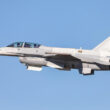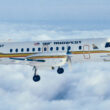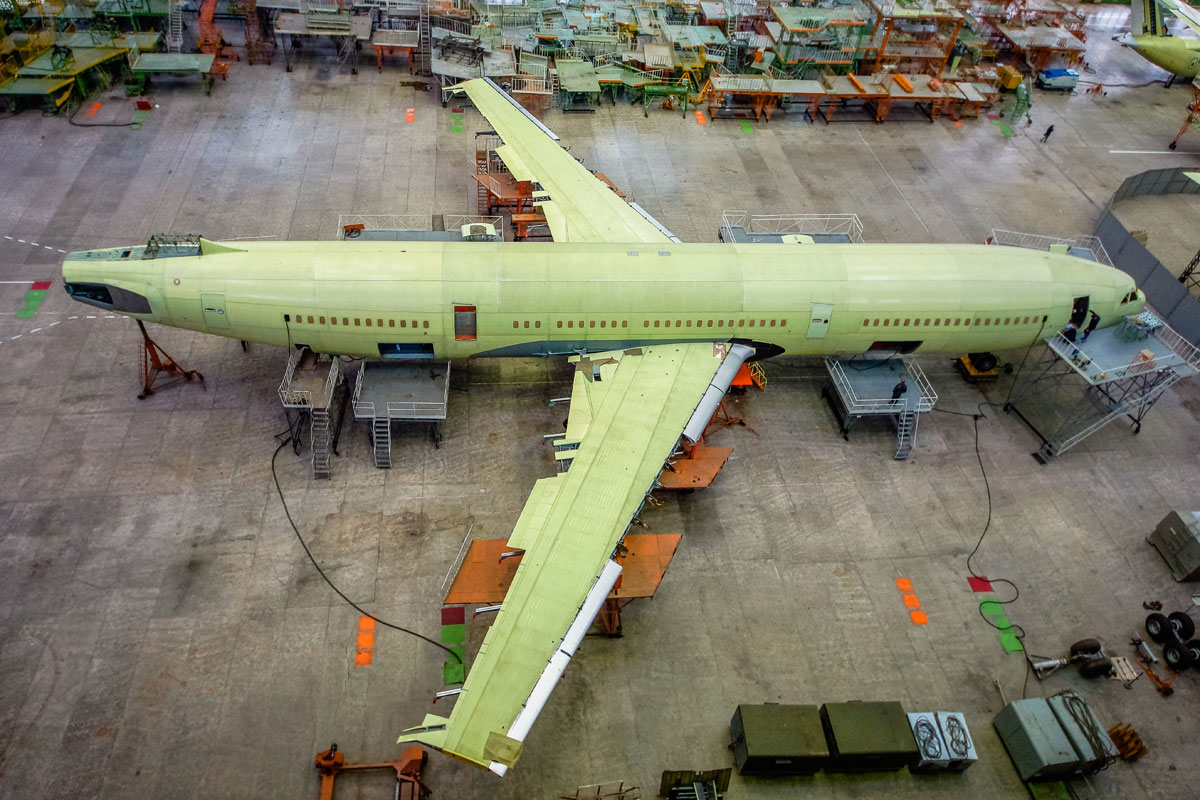Boeing is betting on the Transonic Truss-Braced Wing concept to design the future replacement for the 737, admitted David Calhoun, chief executive of the planemaker.
Last week NASA hired Boeing to develop a technology demonstrator, which consists of super-long, thin wings supported by diagonal trusses.
The layout promises to improve the efficiency of a single-aisle aircraft by up to 30%, combined with high bypass ratio engines.
“I’m not sure it will be good enough or applicable to widebodies, but will definitely have a role to play someday in the narrowbody world,” Calhoun said Wednesday on a Q4 2022 earnings call.
The Boeing CEO also mentioned two other areas of advancement that will play a role in the design of the future airliner, digital tools, which will not only help in the development of the aircraft, but also in the assembly line and in servicing, and larger diameter engines, able to reduce emissions and fuel consumption.
“The Truss-Braced Wing technology will create the opportunity for wider engines because of the increased ground clearance,” added Calhoun.
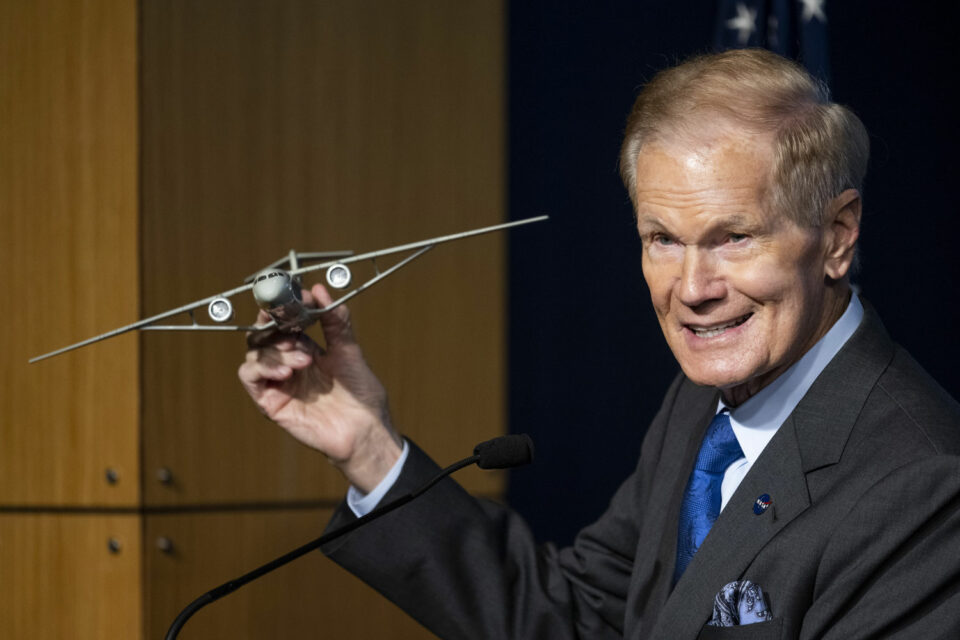
Tall, extra-long wings
The configuration proposed by the TBW concept intends to drastically reduce the aircraft’s drag, resulting in less fuel burn.
To allow for this layout, however, the plane has high wings, as on military freighters. Although light, these wings need to be supported by diagonal struts, as in old airplanes.
As the CEO of Boeing said, thanks to the high wings there is room for high-bypass turbofans, one of the problems faced by the 737, whose low ground clearance makes it difficult to adopt wider engines.
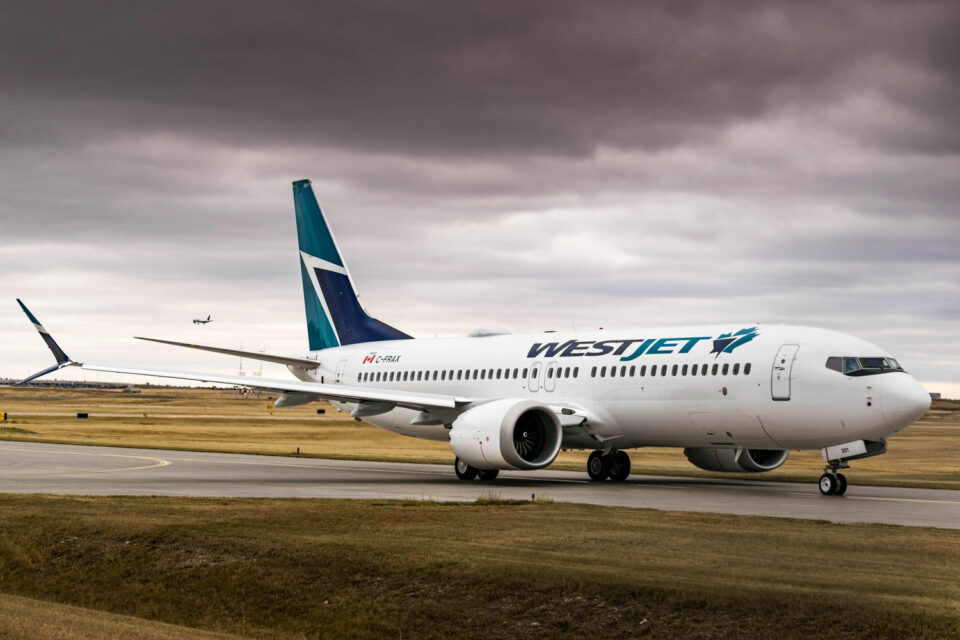
It’s unclear, however, how Boeing would handle the aircraft’s large wingspan, which would require airport changes. Possibly, it would be necessary to create gears for collecting the tips like those equipped on the 777X, thus avoiding problems with taxiways and parking positions in the terminals.
NASA and Boeing see the technology as capable of being introduced within the next decade.


